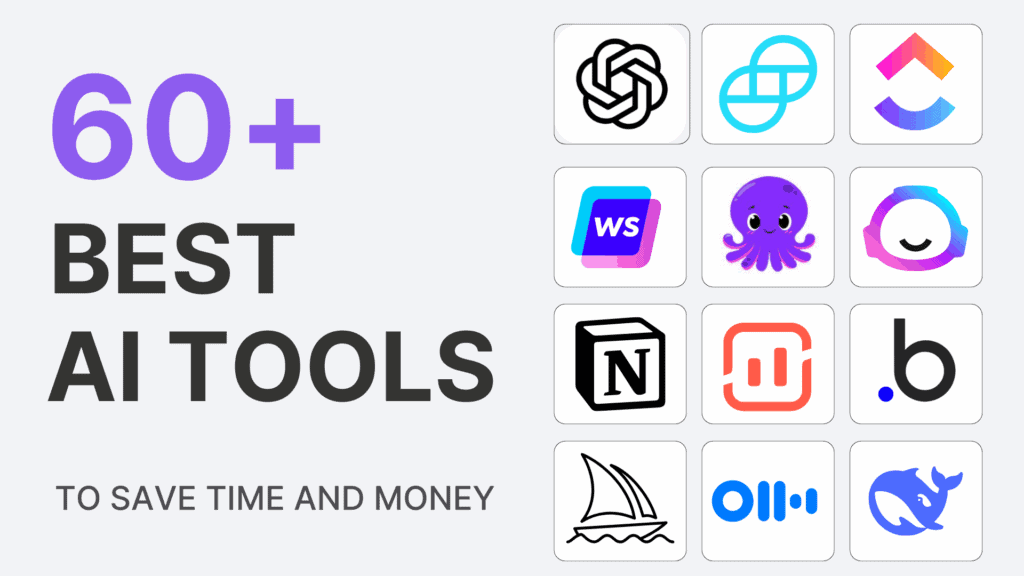In most companies, the P&L, also known as the income statement, is treated like a scoreboard, something you review monthly, discuss in leadership meetings, and then file away.
That’s a mistake.
Because if you’re only using your profit and loss statement to report the past, you’re missing its most valuable function: Guiding your next move.
For founders, CEOs, and growth leaders, the P&L isn’t just a financial record. It’s a strategy tool. One that, when read right, reveals what’s working, what’s not, and where your next best growth opportunity lives.
In this post, we’ll show you how to move from passive review to active discovery and how to extract the insights hidden in your P&L to fuel smarter, margin-positive growth.
Why your P&L is more than just numbers
Your P&L (Profit & Loss statement) provides a breakdown of revenue, costs, and expenses over a period. But when you layer in segmentation—by product, region, customer type, or channel—you start to see stories and strategic opportunities.
These stories help answer questions like:
- Where are we winning?
- Where are we bleeding margin?
- Which products or markets deserve more investment?
- Where can we prune to accelerate?
In a business climate where efficiency is the new currency, these aren’t just helpful insights—they’re growth-critical. Let’s break down the exact sections of your P&L that can uncover overlooked opportunities.
1. Revenue by product or service line
Start by segmenting your revenue. Not just how much you’re making—but what’s driving it.
Questions to ask:
- Which products are growing fastest?
- Which ones are stagnating—or declining?
- What’s the gross margin per product line?
Opportunity: Double down on high-margin, high-growth products. Kill or repackage underperforming SKUs. Often, you’ll find that 20% of products drive 80% of profitable revenue.
Pro tip: Use a revenue vs. margin matrix to visualize high-opportunity products. High-margin + growing? Accelerate. Low-margin + flat? Sunset or fix.
2. Customer profitability
Not all customers are created equal.
Some come in through high-CAC channels and churn fast. Others buy consistently, refer others, and require minimal support.
Pull your revenue by customer segment (e.g. size, industry, cohort, region) and pair it with:
- CAC (Customer Acquisition Cost)
- Support/success cost
- LTV (Lifetime Value)
Opportunity: Redirect marketing and sales efforts toward high-LTV, low-support customer segments. Consider building personas around them to attract more of the same.
3. Gross margin trends
High gross margin gives you fuel to reinvest in growth. But it’s often misunderstood.
Track:
- Gross margin % by product, channel, and geography
- Trends over time—are margins improving or eroding?
- COGS breakdown—where are your cost drivers increasing?
Opportunity: Improving gross margin (even by 1-2%) can unlock major bottom-line growth. Consider renegotiating supplier terms, adjusting pricing, bundling offers, or shifting customer mix.
Example: If your DTC channel is 65% margin but your retail partner channel is 38%, where should your next campaign focus?
4. Sales & Marketing spend vs. revenue impact
Marketing can drive incredible top-line results—but only if it’s profitable.
Review your S&M expenses and match them to performance:
- Which campaigns or channels had the shortest payback period?
- Where did you spend heavily but fail to see lift?
- Are CAC trends improving or deteriorating?
Opportunity: Cut back on unprofitable channels or campaigns. Shift budget to higher-converting, lower-CAC sources. Test offer sequencing or retargeting to improve conversion and retention.
Bonus: Audit not just CAC, but CAC-to-margin. A $50 CAC is fine—unless the margin on that customer is only $40.
5. SG&A (Selling, General & Administrative) costs
Most businesses treat SG&A as fixed. But within those expenses lie insights—and opportunities.
Look at:
- Software costs: Any underused or duplicated tools?
- Team costs: Are you over-resourced in any functions?
- Operational costs: Is fulfillment or service delivery eating up margin?
Opportunity: Trim or reallocate SG&A spend to free up cash for growth-driving areas. Automate where possible. Turn fixed costs into variable ones (outsourcing, fractional roles, etc.) to stay lean and flexible.
6. Regional or channel performance
Break down P&L by:
- Region (e.g. NA vs. EMEA vs. APAC)
- Channel (e.g. retail, DTC, marketplaces, B2B)
- Acquisition sources (e.g. paid, organic, partner)
Not every channel or geography should scale equally.
Opportunity: Prioritize growth bets in markets and channels with high LTV, low churn, and strong margin profiles. Don’t be afraid to exit underperforming geos and reinvest in winners.
Example: Your marketplace revenue may be lower, but the net margin (after CAC and ops) could beat your DTC channel. That’s where scale should happen.
How to operationalize P&L-driven growth strategy
Step 1: Create a monthly “Growth Opportunity Review”
Instead of just reviewing numbers, create a monthly session where your exec team asks:
- What line items changed—and why?
- What opportunities are showing up in product, channel, or customer segment performance?
- What tests or bets should we run based on this data?
Step 2: Build a growth dashboard from P&L Data
Combine financial + marketing data into a custom dashboard:
- Revenue by product line
- CAC vs. LTV by channel
- Gross margin % by SKU
- Sales by geography
- Return on ad spend
Tools like Looker, PowerBI, or ChartMogul can automate this analysis and flag patterns before they become problems (or missed opportunities).
Red flags to watch for (and turn into opportunities)
- Flat topline + rising expenses: Time to audit underperforming products or costly acquisition channels.
- High volume + low-profit customers: Refine targeting or introduce premium tiers.
- Low-margin bestsellers: Repackage, reprice, or create a higher-margin companion product.
- Unprofitable regions: Sunset and reallocate budget to stronger markets.
Final Word:
Stop chasing growth blindly—Use Your P&L as a compass.
Your next growth move isn’t hiding in a brainstorm session, it’s hiding in your numbers.
When you learn to treat the P&L as a living roadmap, not a static report, you unlock a strategic edge most companies ignore. It helps you grow not just bigger, but better—leaner, faster, and with real profit behind it.
Growth for growth’s sake is dead. Growth with strong margins and strategic clarity? That’s how businesses scale for the long game.
Ready to uncover hidden growth inside your own P&L? Book a strategic consult to review growth opportunities and surface all your next high-impact moves.
Success starts with The Good Strategy!












